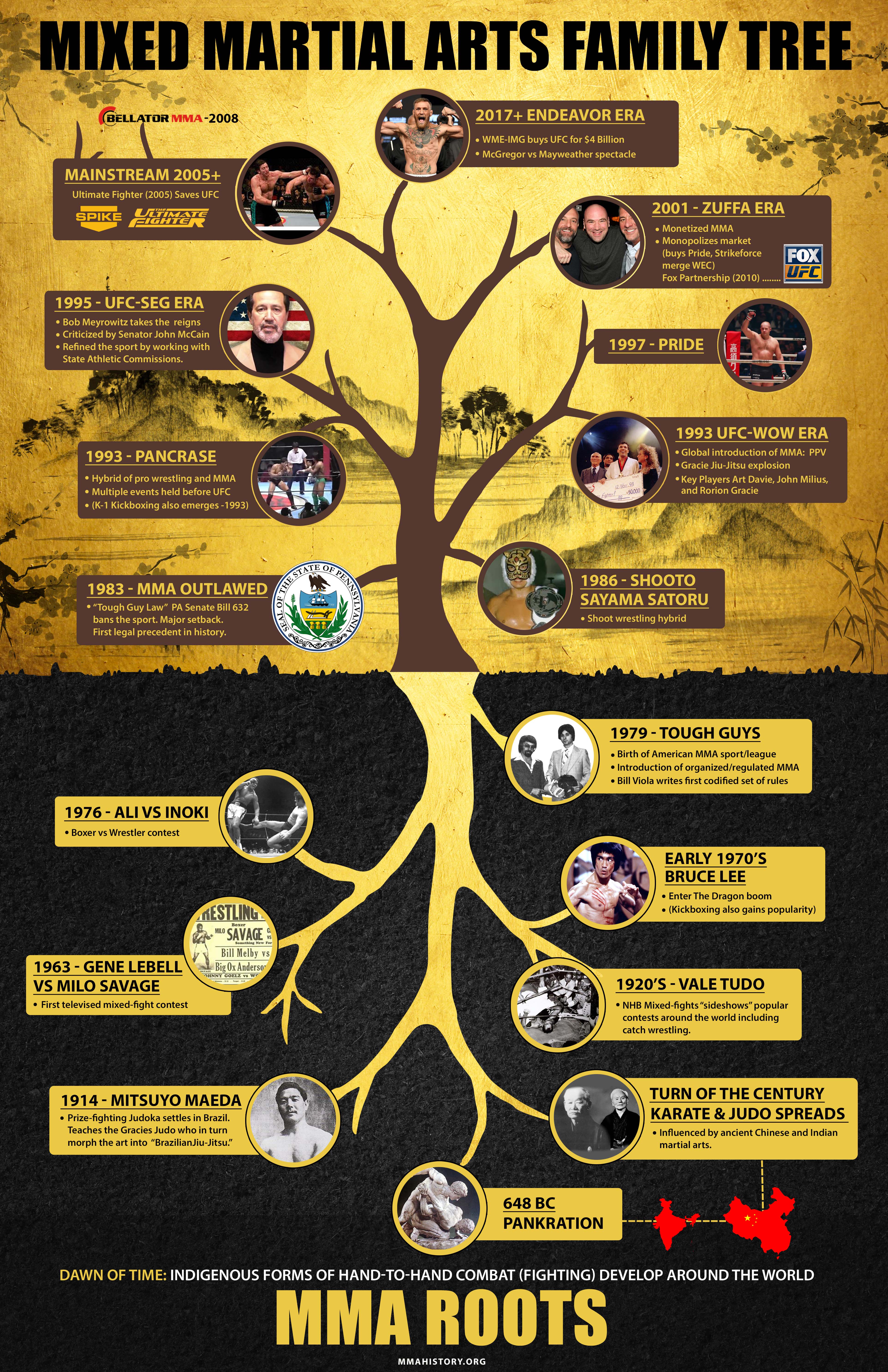Unraveling The Enigma Of Multiple Fighting Style Techniques: An Overview To Martial Arts, Taekwondo, And A Lot More
Unraveling The Enigma Of Multiple Fighting Style Techniques: An Overview To Martial Arts, Taekwondo, And A Lot More
Blog Article
https://martial-arts-for-kids-lic70975.bligblogging.com/33822428/revealing-the-spiritual-element-of-combat-sports-finding-calmness-within Written By-Becker Bondesen
Are you tired of feeling overwhelmed by the huge globe of fighting styles? With so many designs to select from, it can be easy to get lost in a sea of punches, kicks, and mysterious names. However fear not!
This discussion will certainly debunk the various fighting styles styles, taking you on a trip from the powerful strikes of Martial arts to the vibrant kicks of Taekwondo. Get ready to uncover the beginnings, techniques, and philosophies behind these ancient art types.
So, tighten your belt and prepare to embark on an informing exploration into the captivating world of fighting styles.
Beginnings of Martial Arts Styles
The beginnings of fighting styles styles can be mapped back to ancient people and their demand for self-defense and fight methods. Throughout history, various societies created their very own unique techniques of combating, each with its very own set of techniques and philosophies.
In China, for example, fighting styles styles such as Martial art and Tai Chi were created as a way of protection and enhancing physical and mental wellness.
In Japan, the samurai warriors created styles like Martial arts and Judo, focusing on self-control, precision, and mastery of the body.
Likewise, in Korea, Taekwondo emerged as a fighting style emphasizing high kicks, quick activities, and mental stamina.
These early human beings laid the structure for the varied range of martial arts designs that exist today, each with its very own abundant background and cultural importance.
Techniques and Educating Techniques
To understand fighting styles styles, specialists should find out numerous methods and training techniques.
Methods are the certain movements and actions used in battle, such as strikes, kicks, tosses, and blocks. Various fighting styles styles have their own distinct collection of methods that professionals should grasp through extensive training.
Educating techniques differ depending upon the design, however they normally entail a mix of physical conditioning, drills, sparring, and kinds.
Physical conditioning is vital to build strength, versatility, and endurance. Drills aid practitioners fine-tune their strategies and boost their speed and accuracy.
Competing allows specialists to exercise their methods in a controlled, sensible atmosphere. Forms, additionally known as kata, are prearranged series of movements that aid specialists create muscular tissue memory and focus.
Philosophies and Principles
Exploring the philosophies and principles of martial arts designs can offer you with a deeper understanding of your chosen self-control. Each martial art has its very own special philosophy and set of directing concepts that form the means it's exercised.
As an example, Karate highlights technique, regard, and self-control. It teaches practitioners to focus their minds and bodies, allowing them to defend themselves while maintaining a feeling of inner tranquility.
On the other hand, Taekwondo places a strong focus on rate, dexterity, and versatility. Its concepts are rooted in the tenets of politeness, honesty, willpower, self-control, and indomitable spirit.
Conclusion
Now that you've explored the beginnings, strategies, and viewpoints of different martial arts styles, you have a much deeper understanding of these ancient techniques.
Envision Read This method , exercising with unwavering decision and emphasis, appearing boards with an effective strike.
Their trip showcases the dedication and stamina required to understand a fighting style, reminding us that with discipline and perseverance, anything is feasible.
